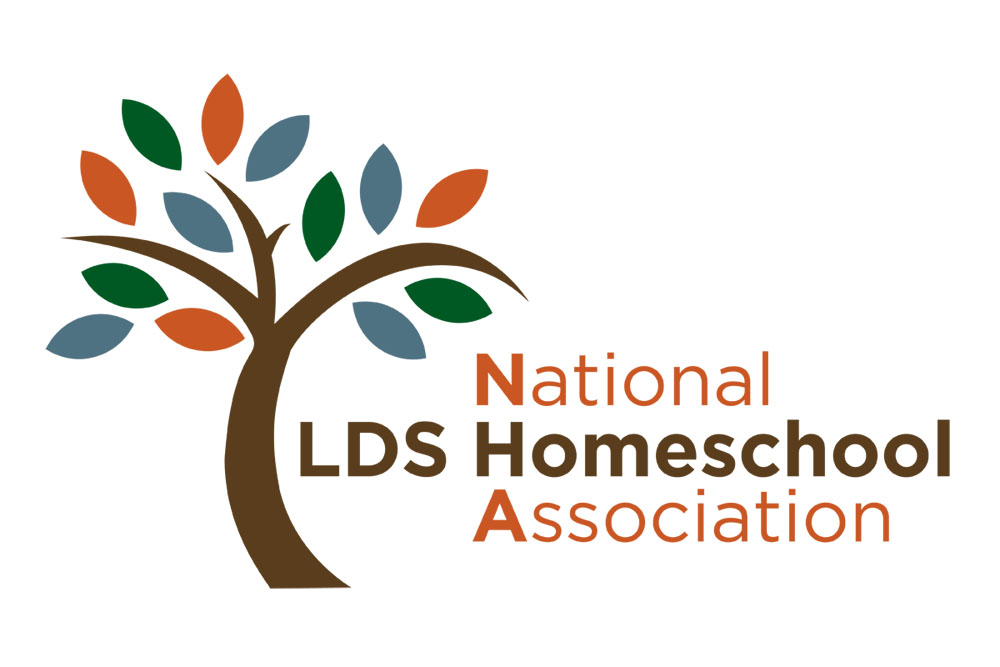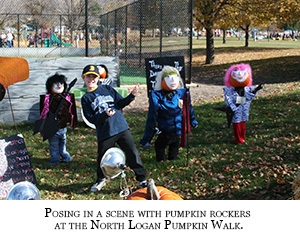This Thanksgiving (2013) will be the last for my family before “everything changes forever.” As many people country-wide gather and feast and count their blessings, I’ll be storing in my heart every second of this “last Thanksgiving,” where every one of my children will be at the table, humming and yumming over their food and playfully bantering with one another because they know each other so well. I’ll be remembering the last time I said, “This is the last Thanksgiving before everything changes forever.” That was 18 years ago, when I was very pregnant with our first child, who will turn 18 two weeks after this Thanksgiving. The domino effect of missions, marriages, college, and careers will soon begin to alter everything. It’s as it should be, but it still hurts.
I have many blessings to count this Thanksgiving, but the one I’m favoring is the blessing to be able to homeschool; the blessing of getting to spend so much of these 18 years together. Our family has been together so much more than we’ve been apart and for that I am truly grateful.
For this article, I decided to ask fellow homeschooling mothers what they see as “harvests” of homeschooling. While experiences and insights vary among us, I think you’ll agree that homeschooling has blessed everyone abundantly.
Melora Bracken, of Petersboro, Utah, says, “Every day I reap the harvest of having the delightful company of my girls. I get to experience every moment of discovery, discouragement, and joy at the simple things. I get to harvest THEM.”
Some of the blessings of homeschooling that Jennifer Tillitson, of Weston, Idaho, counts are, “During Halloween time, I have enjoyed watching my children change from wanting to dress up as a storm trooper to a person whom we have studied, like George Washington, Archimedes, and Benjamin Franklin. It has been wonderful to watch them have different role models they want to emulate. They love to study. Especially my older ones. They study for 10 to 12 hours a day and wish for more time. They study things that they wouldn’t normally have the opportunity to, like Hebrew, robotics, plays, and year-long studies on certain subjects (Constitutional era, or WWII era). My younger children like homeschool because they can get their studies done earlier in the day and have time to further some of their interests.” And perhaps most important, “They have increased in love one to another.”
Sally Bishop, of Logan, Utah, tells the story of a long, patient harvest with her daughter: “I pulled [my daughter] (now 17) out of school after first grade. She was obviously having a reading delay, and while the reading delay did not bother me, her response to it did. She was painfully aware that she was in a different color reading level than all her classmates. It embarrassed her. This anxiety evolved over the year such that in the spring, she would cry in her bed every morning, "I hate school, you can't make me go!" And I did make her go, and it felt like child abuse….
“So, after homeschooling for a while, it became evident that her reading delay was substantial. But she didn't seem to be dyslexic or have an easily identifiable reading disability, so we just read lots and lots of books. A few years later, I had horrible bronchitis and couldn't read aloud every day, and I helped her discover books on tape/CD. That child could devour a 25-hour book on CD in less than 2 days.
“The summer she was 11, and Harry Potter 7 was due to come out, she flipped a switch or something. She went from struggling to read aloud Magic Treehouse books, to reading Harry Potter 7, literally overnight. Not only did she read the entire HP7 book by herself, but the week before its release, she read a fanfic version of HP7 that was over 700 pages of pdf document, at the computer, over a week's time. She read over 1000 pages in 2 weeks that were several grade levels above her ability just the month before.
“As a means of motivation, I encouraged her to log all the books she read on her own. I gave her ledger paper, and (not really understanding her OCD nature yet) she glommed onto that. She still keeps that log, 6 years later. Several years ago we calculated how many pages she's read, and it was well over 50,000.
“Her reading ability is not the main harvest here; it's her joy in reading, joy in learning and CONFIDENCE. I knew, considering her hyper-awareness at being behind in first grade, that if she had been pulled into resource (and she would have been, maybe even for several years), it would have crushed her.”
Melissa Draper, of Smithfield, Utah, has noticed that homeschooling makes for more frequent communication in her family, which leads to more open communication. She’s even noticed a change with her adult children who weren’t homeschooled because they see that she is there for them. Also, Melissa loves that, “My husband is more actively involved with their education. He digs into what speaks to him about WWII, he learns ballet moves so that his daughter can practice hers with him, he puts up with Shakespeare because we're in a play and then he finds out that he really loves Shakespearean comedy. He holds them accountable more for what they are learning and less for getting assignments in on time because of the atmosphere in our home. The assignments are just a manifestation of the learning going on.”
I think we all have probably noticed another blessing Melissa has appreciated: “Increased understanding for me in the gaps of my education. This has helped me understand what I truly want my children to learn about and where to focus my efforts. It has also helped me realize that each person's education can and will be different if it is to serve them. When a person's education serves them, they are equipped to serve the world.”
Finally, Melanie Showell, of Amalga, Utah, sums up the harvest well. “Homeschooling is like my garden. You work hard planting, pulling weeds, feeding and watering, amazed at how your little plants are growing. Sometimes it seems your garden isn't progressing into the beautiful plants you would like them to be. There are frustrations! Every time you turn around you see another weed. You pull it, and before you know it, another grows right where you left off. You get tired. You cry and yell for more help, but alas the bulk of the responsibility is on you. By the end of the season, you want to quit, to let someone else worry about all of the fruit in your garden. You decide to head for one last perusal of the garden. Much to your surprise, you find that there are weeds all around your fruit, threatening to destroy them. Yet amazingly enough, your precious fruit is much larger than you anticipated. The fruit has multiplied beyond your imagination. You say to yourself, ‘How did this happen?! How did you spread and grow into this beautiful plant with so much to give?’ And that is the moment that you realize all of your sweat, all of your tears in nurturing this garden was worth it. Yes, your little plants have grown! They are surrounded by weeds! Yet they are beautiful, and bearing the most delicious fruit you have ever tasted.
“It tastes of love shown to a younger sibling, or help given to mother, when the child could have gone playing. It’s the peace that comes when everyone is choosing to love one another, instead of serving their own selfish needs. Yes there are still weeds threatening each tender plant, but my tender plants are growing faster than the weeds. They’re stronger than the wind. They are becoming who God intended them to be. That is the greatest harvest of homeschooling I have seen in my family.
“It isn't always easy. Sometimes the wind and rain blows on the gardener so strongly that the gardener is tempted to quit. Yet, the tender plants are waiting for their gardener to love them enough, to protect them enough from the weeds, wind and rain. As they reach for the sun, you smile, knowing it will be worth it.”





















